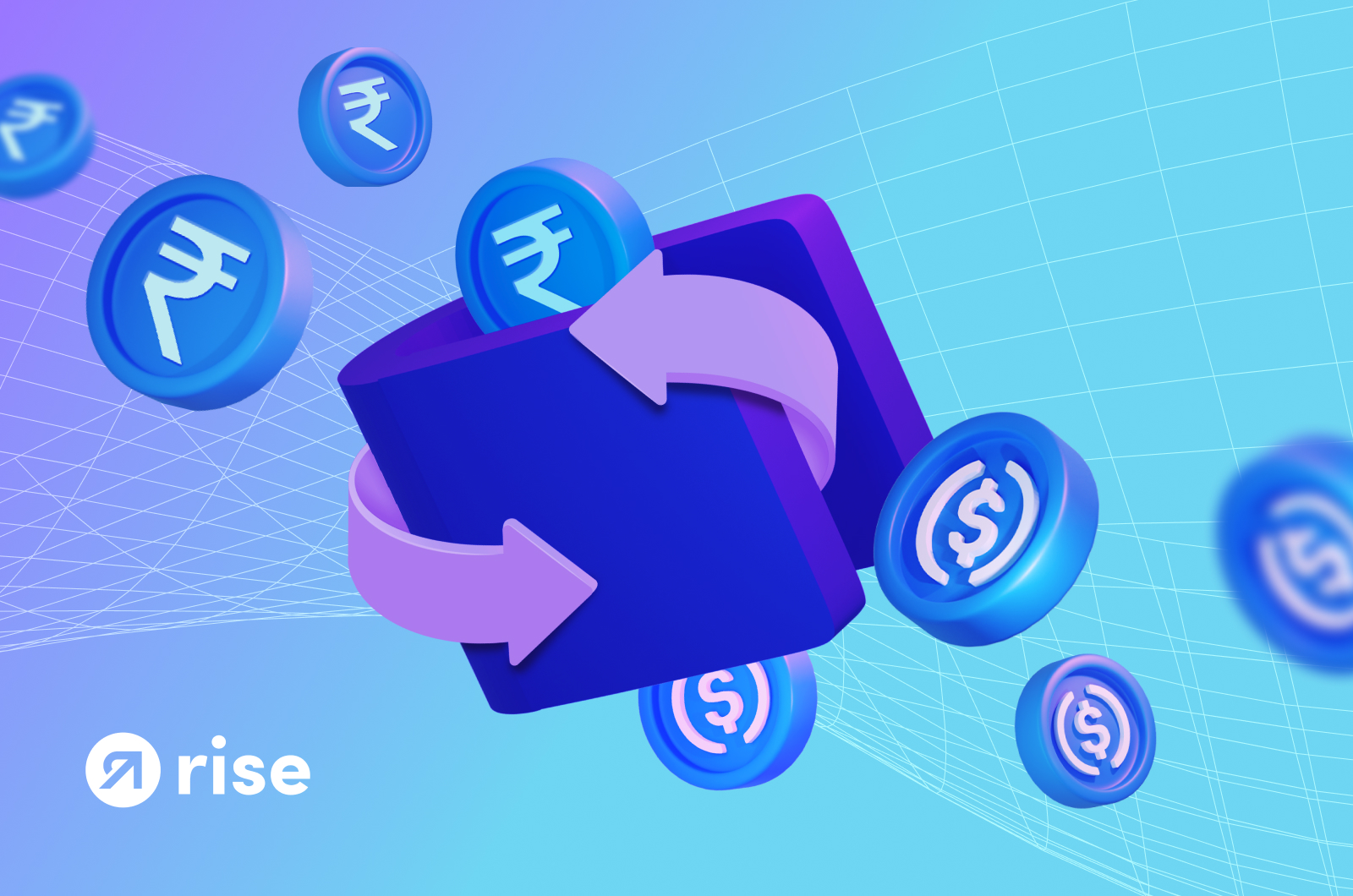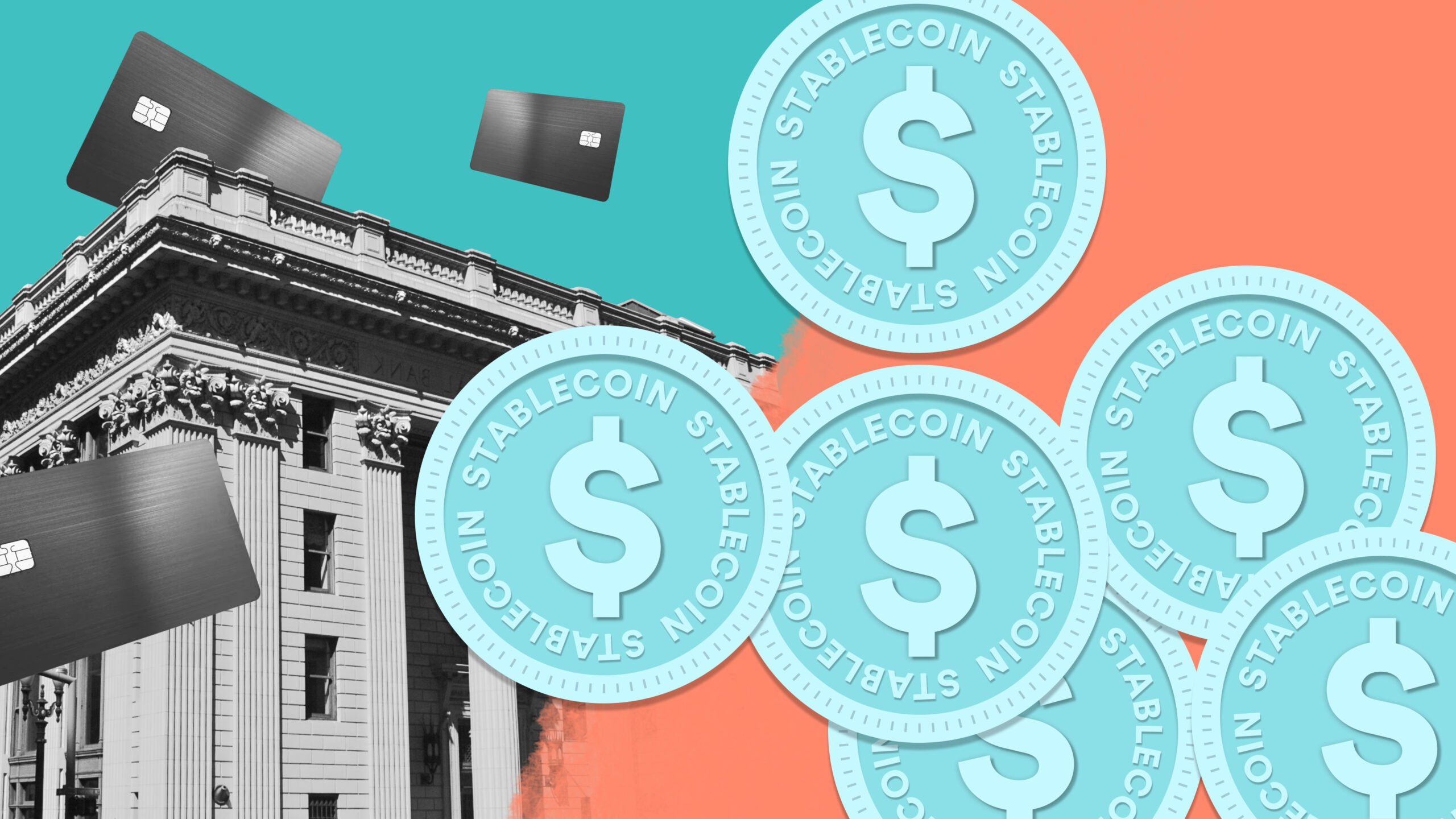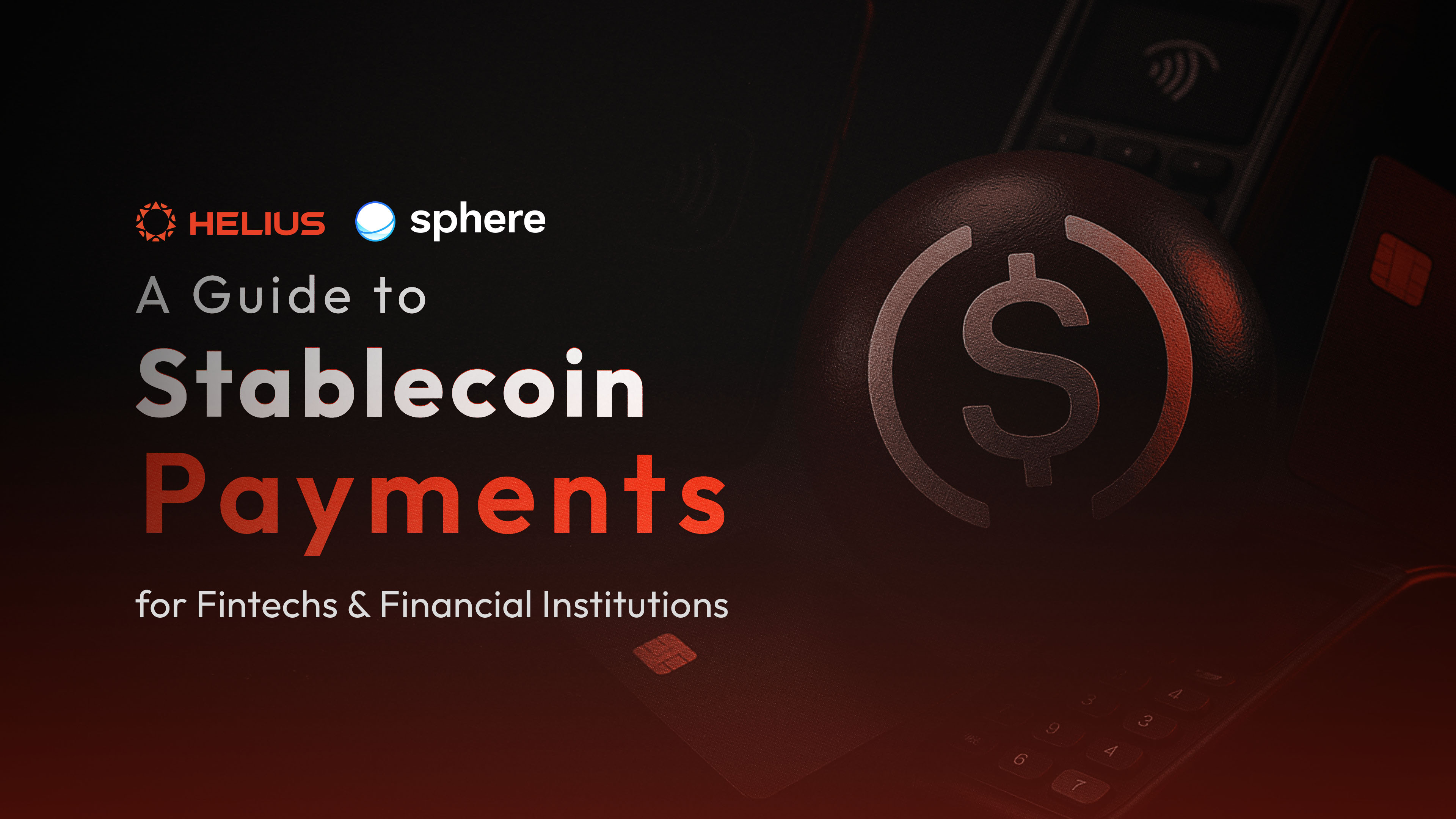
In the era of borderless work, stablecoins like USD Coin (USDC) are quietly remaking how remote teams get paid. Traditional international payroll often means tangled banking hurdles, unpredictable fees, and days-long delays. Now, with the USDC price at $0.0467 (as of September 28,2025), companies are rethinking compensation for global talent, focusing on speed, transparency, and cost-efficiency.
Why Stablecoins Are Gaining Ground in Cross-Border Payroll
The pain points of cross-border payroll are familiar to any founder or finance lead: wire transfers can take up to five business days, FX spreads eat into salaries, and compliance headaches never seem to end. Stablecoins like USDC solve these problems by providing a digital dollar that moves as quickly as email, often settling in minutes for just a fraction of the cost.
Recent data shows that platforms such as Remote now enable US-based companies to pay contractors in nearly 70 countries directly in USDC. The benefit? Contractors receive funds almost instantly, sidestepping bank delays and hefty intermediary charges. Employers keep their accounting simple, they pay invoices in dollars while workers choose USDC payouts for near-instant access.
This shift isn’t just about convenience; it’s about unlocking access for teams in emerging markets where banking infrastructure is unreliable or inflation erodes local currency value overnight. With USDC pegged closely to the dollar, currently at $0.0467: remote workers can protect their earnings from volatility and access their pay without friction.
Efficiency and Cost Savings: The New Standard
The efficiency gains from stablecoin payroll systems are hard to ignore. Services like TransFi have documented cases where tech firms moved from traditional payment rails to USDC payrolls, and saw payout times drop from days to minutes. This means happier teams and less time spent chasing payment confirmations.
Top 5 Reasons Startups Prefer Stablecoin Payroll
-

Faster Cross-Border Payments: Stablecoins like USDC enable near-instant payroll transactions, eliminating the days-long settlement times typical of traditional banking. Platforms such as Remote and Stripe now offer USDC payouts to contractors in 69 countries, ensuring remote teams get paid quickly and reliably.
-

Lower Transaction Fees: Sending payroll via stablecoins significantly reduces international wire and conversion fees. Services like Conduit and TransFi help startups cut costs by facilitating direct USD payments to remote contractors through stablecoins, bypassing costly intermediary banks.
-

Protection Against Currency Volatility: Stablecoins are pegged to stable assets like the US dollar, shielding remote workers from local currency devaluation or hyperinflation. For example, paying in USDC allows contractors to avoid losses from fluctuating exchange rates, providing financial stability for both startups and their teams.
-

Global Accessibility and Flexibility: Stablecoin payroll solutions are available in dozens of countries and do not require access to traditional banking. Remote teams can receive payments directly to their crypto wallets, as supported by platforms like Remote and Riseworks, empowering workers in underbanked regions.
-

Streamlined Compliance and Transparency: Leading platforms like Circle and Stripe offer compliance-ready stablecoin payroll solutions, making it easier for startups to meet regulatory requirements. Blockchain-based payments also provide transparent, auditable records for every transaction.
Cost savings are equally compelling. International wire transfers can cost $30–$50 per transaction; with stablecoin payroll, fees often fall below $1 regardless of geography or amount sent. For companies scaling globally or managing dozens of freelancers across borders, these savings add up fast.
Crypto payroll compliance is also evolving rapidly. Platforms like Conduit and Riseworks now offer built-in tax reporting tools and KYC checks so businesses can stay compliant while enjoying all the benefits of digital asset payments.
Real-World Examples: How Remote Teams Use USDC Payroll
The integration between Stripe and Remote stands out as a milestone: U. S. -based employers can pay overseas contractors by simply selecting USDC as a payout method within their dashboard. The contractor adds their Base Network Wallet Address, no need for traditional bank details, and receives funds almost immediately after approval.
“Stablecoin payroll has removed barriers for our team members in Latin America who previously waited up to a week for payments, ” says one CTO at a distributed SaaS startup.
This isn’t just theory, it’s happening now across sectors from software development to design agencies, where prompt payment is crucial for retaining top freelance talent worldwide.
Beyond speed and cost, stablecoin payroll offers a new level of financial inclusion. In regions where banking access is limited or local currencies are prone to steep depreciation, USDC salary distribution provides workers with a stable store of value. According to recent case studies, remote teams in emerging markets are increasingly requesting USDC payouts to shield their earnings from local economic instability.

The current market price of USDC stands at $0.0467, reflecting its stability and ongoing demand as a cross-border payroll solution. This consistency is what makes it so attractive for both employers and employees. Unlike other cryptocurrencies, which may fluctuate wildly day-to-day, stablecoins like USDC maintain a near-constant value against the dollar, an essential trait for predictable compensation.
The Compliance Equation: Navigating Global Payroll Regulations
With any innovation comes the need for regulatory clarity. Fortunately, leading platforms have made significant strides in crypto payroll compliance. KYC (Know Your Customer) protocols, automated tax documentation, and transparent transaction records are now standard features in most stablecoin payroll systems. These tools ensure that businesses can meet local and international requirements while reaping the benefits of blockchain efficiency.
For startups and global companies alike, this means less time worrying about paperwork and more time focusing on growth. If you’re interested in a detailed guide on how to implement compliant USDC payroll processes for remote teams, explore our resource: How to Pay Remote Teams with USDC: A Step-by-Step Guide for Tech Startups.
What’s Next? The Future of Cross-Border Payroll with Stablecoins
The momentum behind stablecoin payroll is only accelerating. As more platforms integrate digital dollar payouts, like Remote’s Stripe partnership, and as compliance frameworks mature, we can expect broader adoption across industries. For digital-first companies competing globally for talent, offering borderless crypto compensation isn’t just an operational upgrade, it’s a strategic advantage.
The benefits extend beyond the company ledger: faster payments mean higher contractor satisfaction and retention rates. Lower transaction fees translate into cost savings that can be reinvested into team growth or product development.
If you’re considering moving your international payroll onto stablecoin rails, now is the time to act. With the USDC price holding steady at $0.0467, you gain predictability alongside efficiency, a rare combination in global payments.
To go deeper on how stablecoins stack up against traditional wire transfers or how startups are leveraging this technology in 2025, check out these resources:
- USDC vs Traditional Wire Transfers: Which Is Better for Global Payroll?
- How USDC Payroll is Transforming Remote Work Payments Globally in 2024
As cross-border work becomes the norm rather than the exception, forward-thinking organizations are already embracing stablecoin payroll as their new standard, empowering teams everywhere to work without borders or bank delays.






